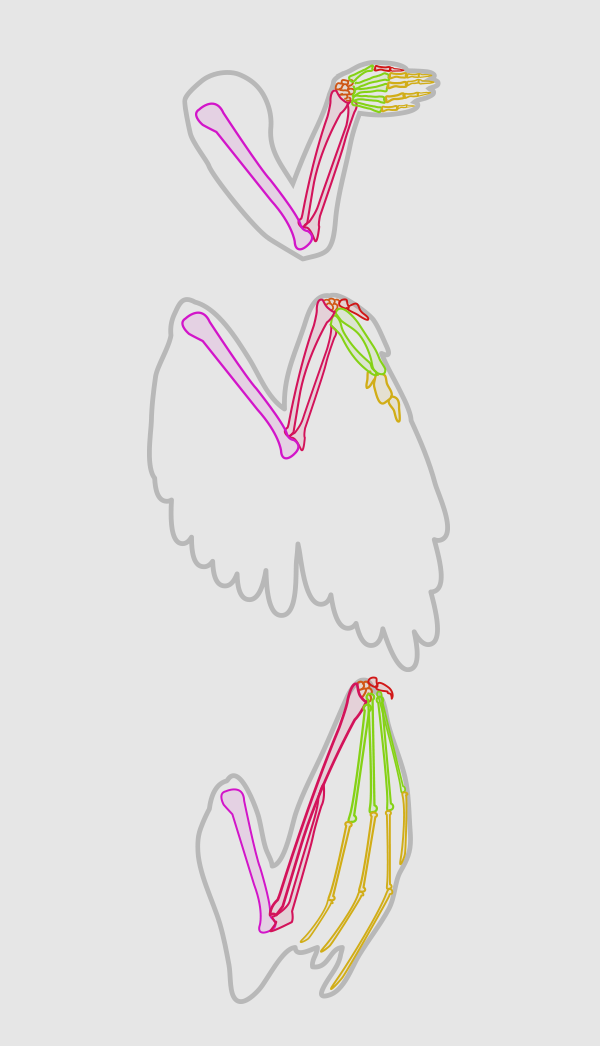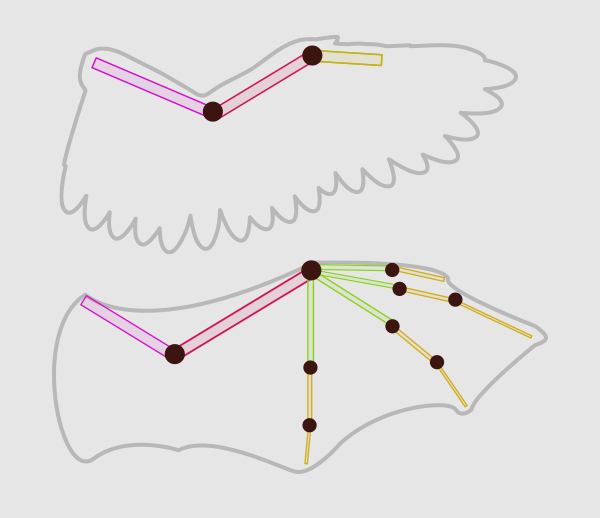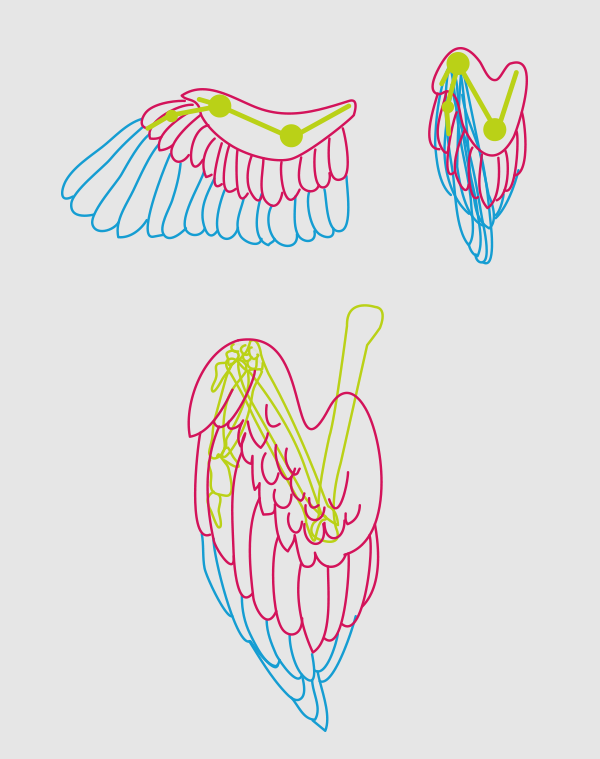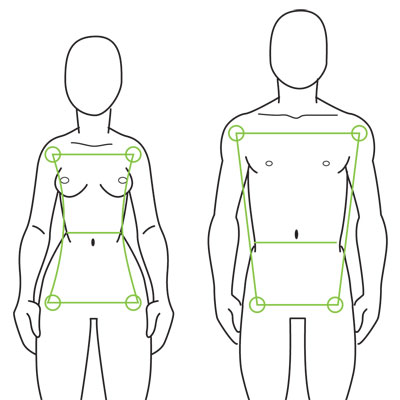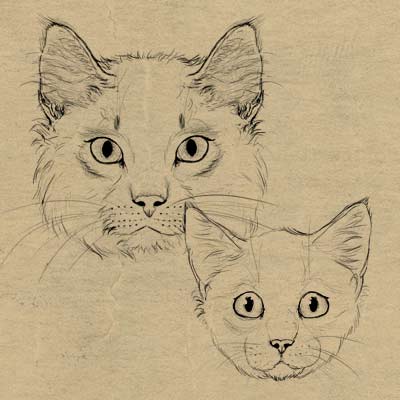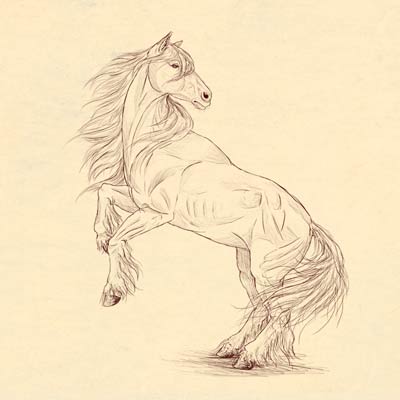I want to write this blog not to talk to you as a blogger, but as a creative friend. Some of you are teenagers in college who just took their final exams and/or midterms and don't know how to relax, while some of you don't know what to do for the holidays. On the other hand, you may just need someone to motivate you after a stressful semester or year. Whichever the case may be, I guarantee it's going to get better.
For example, there are those of you that took midterms and final exams; as a result, you are panicking and hoping for a passing score or maybe even a perfect score. If so, ask yourself these three questions:
- Did I panick? if so, then don't! Being cautious is one thing, but being calm and collected goes a long way.
- Did I study? Some of you don't need to, but some of you did. But to be safe, always study what information was given to you as it is being given
- Did I do my best? Taking a test isn't just study, study, study tirelessly and hope to get a high score; there's also your health involved. After all, you can't go take a test without eating healthy, getting as much sleep as possible and making sure to find some way to relax.
Then, remember this fact: Somethings are exaggerated more than they should be. Make sure to find ways that you're comfortable with to learn (as long as it's legal and even compromising with your teacher!). School work isn't always easy, but when you remember to look back at the progress you've made you'll feel more motivated to keep going. Then there's this question: what happens now?
Well for starters, there are the Christmas Holidays to think about! A time to share with your family and a good way to help yourself relax and give unto others. However, there are plenty of ways to do both; for example...
- How can I give to others? you can make a gift out of what you have (ex. variety of origami projects), create a gift (ex. craft something out of different materials), or you could simply conduct a good deed (ex. helping out a neighbor or even a friend)
- How can I relax during the holidays? there are plenty of wonderful traditions that come with Christmas such as relax with a warm cup of hot coco (marshmallows are optional), lighting a warm fire to read a book next to, or simply take some time to reflect and do what you love.
- How can I spend my holidays? There are some individuals who have family and friends, some have only family or only friends. However, there are also some that are truly alone. To those individuals, I would say to remember what the holidays are about, why they started in the first place - the gifts are a bonus, but the greatest gift anyone could receive is the you spend with the ones you love and memories you've made.
you don't need gifts to celebrate the holidays, but a warm family or some peace alone can make Christmas a wonderful time of year.
The nearing end of the year can be a beginning and an end for people around the world; it could be a checkpoint for progress in their lives or a session of relaxation. A commonality to remember is to look back at how far you've come and realize that there is no one else who could have done than you. you come a long way to give up now, so don't! you've only hit the peak of what you can and will accomplish.
Thank you so much for your patience and support this year. Enjoy yourself, your family and your friends. Whether you're dealing with good or bad times - it will get better! Happy Holidays and Have a Wonderful Christmas, my Fellow Art Warriors!!!!!🎄


